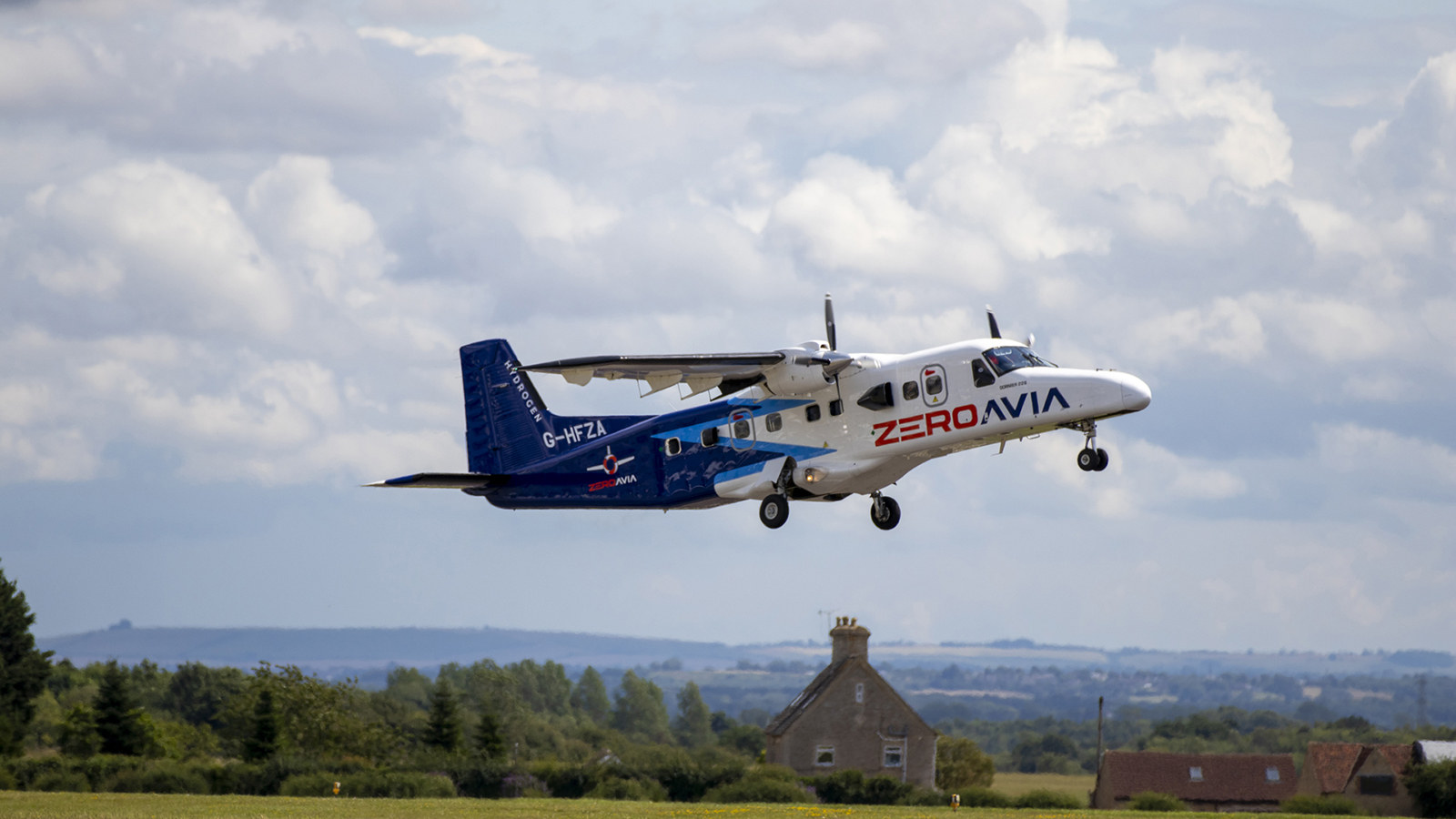Stay Up to Date
Submit your email address to receive the latest industry and Aerospace America news.
The Terrestrial Energy Systems Technical Committee works to advance the application of engineering sciences and systems engineering to the production, storage, distribution and conservation of energy for terrestrial uses.
Decarbonizing the transportation sector necessitates alternatives comparable to conventional liquid fuels with zero or as low as possible carbon content. Cryogenic fuels like hydrogen and natural gas are possible solutions, a crucial consideration for these fuels is their high volumetric and gravimetric energy densities. Liquification is required to maximize the volumetric energy density. Cryogenic technology is also advancing its energy efficiency. Linde of Ireland, Air Liquide of France and Chart Industries of Georgia predict that the cryogenic equipment market will be a $400 billion industry by 2033.
This year, the aviation sector witnessed groundbreaking strides toward sustainable flight, with several companies leading the charge by retrofitting existing aircraft to run on hydrogen. California-based ZeroAvia flight tested a 19-seat aircraft in January. The aircraft took off from Cotswold Airport in the United Kingdom, one of its turboprop engines replaced by a combination of batteries and hydrogen fuel cells; the other engine used conventional kerosene. Batteries and hydrogen each contributed 50% to powering the aircraft’s left side during its 10-minute journey. Universal Hydrogen of California has retrofitted an ATR-72 and a De Havilland Dash 8-300 with a similar aim. The Dash 8 set a record in March as the largest aircraft to take flight propelled by hydrogen fuel cells. In the United Kingdom, Cranfield Aerospace Solutions prepared to unveil its converted nine-seat Britten-Norman demonstrator.
Airbus continued cryogenic hydrogen tank development at its Zero Emission Development Centre in Bristol, U.K. Cryogenic fuel storage is pivotal to the company’s plans to have a hydrogen-powered passenger airliner flying by 2035. Plans call for Airbus has ground tests and, starting in 2026, flight tests with the ZEROe demonstrator. Simultaneously, its Advanced Superconducting and Cryogenic Experimental Powertrain Demonstrator initiative is delving into the potential of superconducting materials and cryogenic temperatures in aircraft electrical propulsion systems.
In June, GKN Aerospace in the U.K. and Embraer announced a partnership to develop a hydrogen flight demonstrator powered by GKN’s advanced fuel cell concept, which uses a cryogenically cooled electrical system for superior efficiency. Such advancements not only cater to aircraft in the 100-plus passenger segment but also open the door for potentially larger models.
In June, Narendra Joshi of the SafeAvia Ltd. consultancy presented the progress made and the need for cryogenic renewable natural gas-powered aviation in a panel session at the American Society of Mechanical Engineers’ Turbo Expo in London. He said it is important to solve the immediate problem of sustainability in aviation and that cryogenic renewable natural gas is an immediate solution. He also pointed out that production and pricing of sustainable aviation fuel is not at par with industry demands and that some other sustainable option is needed. He also questioned the operational viability of cryogenic hydrogen.
In July, phase one of the program CHEETA, Center for High-Efficiency Electrical Technologies for Aircraft, concluded. Funded by NASA and led by Phil Ansell from the University of Illinois Urbana-Champaign, researchers are studying cryogenic liquid hydrogen in collaboration with Boeing, General Electric and the U.S. Air Force Research Laboratory.
September saw the U.K.’s aviation giants — easyJet, Rolls-Royce and Airbus among them — form the Hydrogen in Aviation alliance. Advocating hydrogen as a key to decarbonize aviation, the alliance highlighted the work of its various members. Also in September, German company H2FLY reported the world’s first piloted flight of an aircraft powered by liquid hydrogen. The company flew its HY4 demonstrator from Maribor, Slovenia, powered by a hydrogen-electric fuel cell system using liquid hydrogen.
Stay Up to Date
Submit your email address to receive the latest industry and Aerospace America news.




